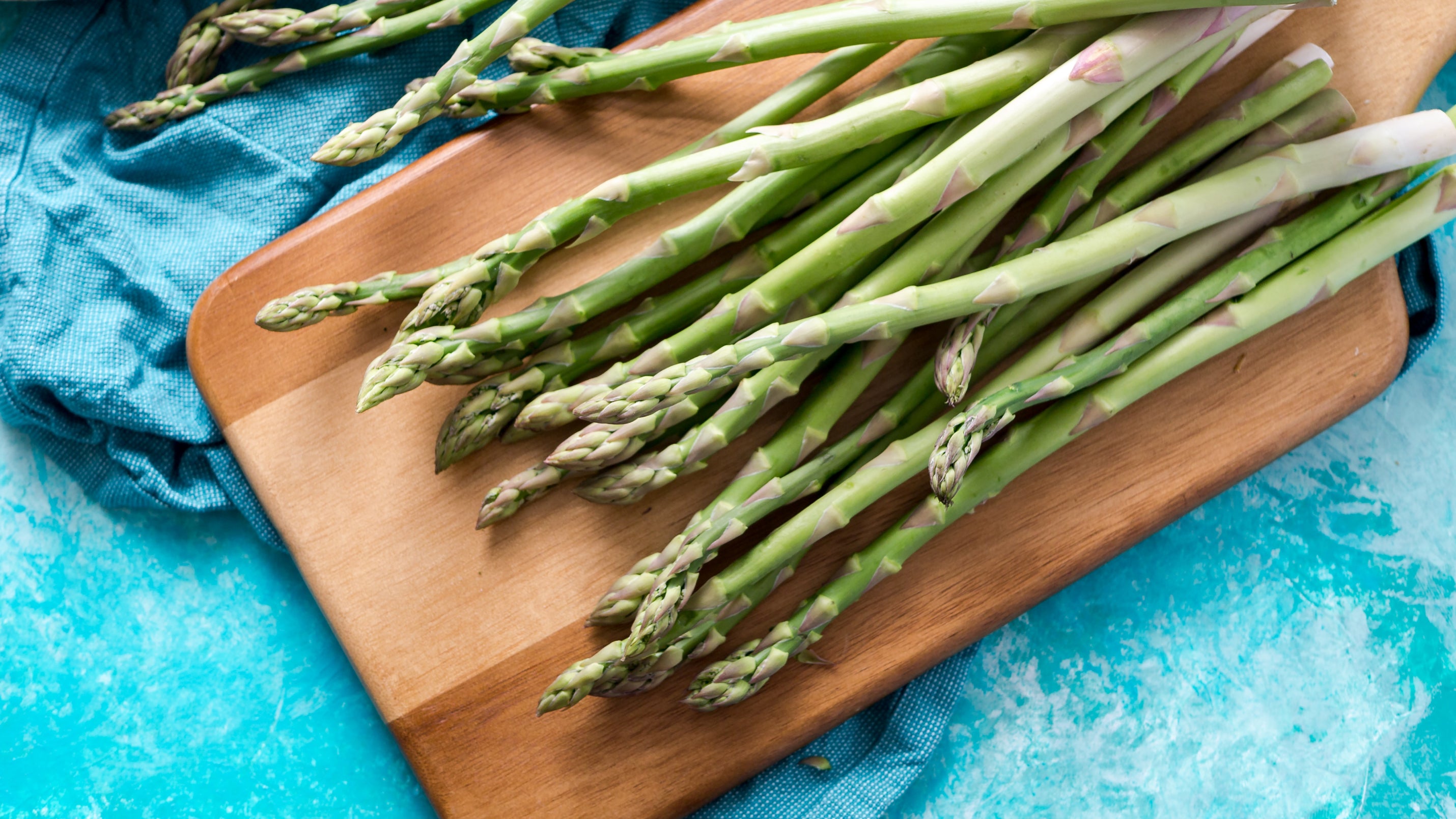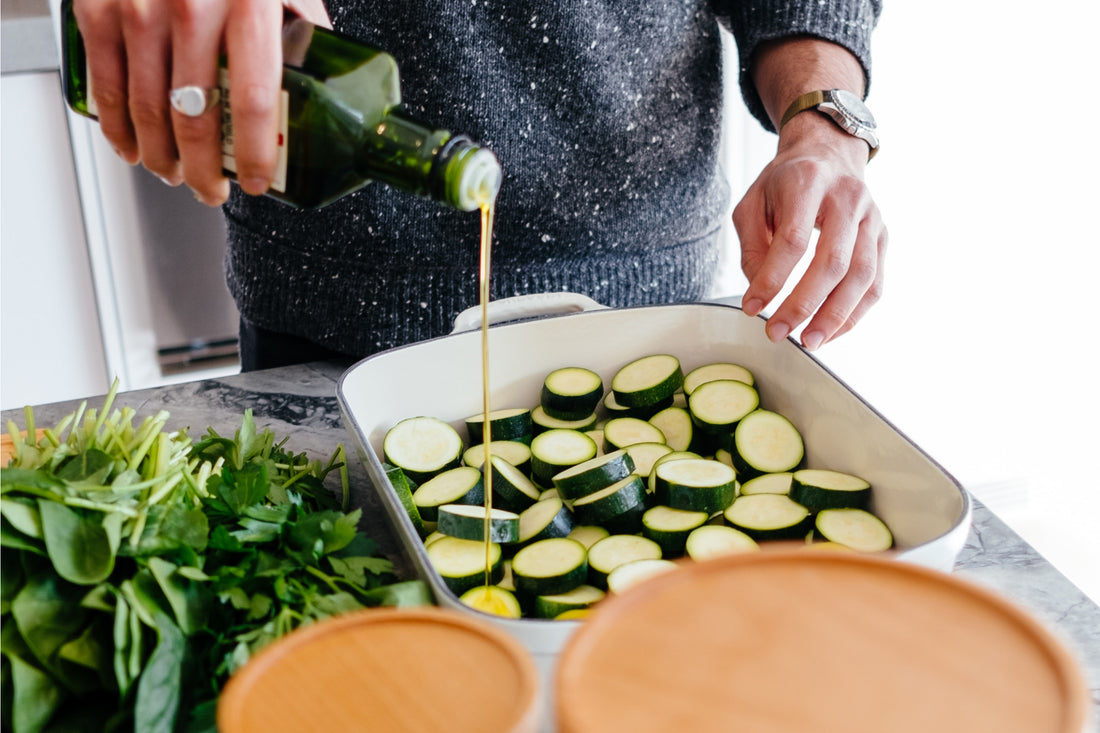Foto de encabezado de Christine Siracusa en Unsplash
El cuerpo humano está formado por 100 billones de microbios . Dicho de otro modo, los microbios superan en número a las células humanas en una proporción de uno a diez. De estos, la mayoría se encuentran en el intestino grueso y desempeñan un papel crucial en nuestra salud intestinal, lo que a su vez afecta a nuestra salud general.
Estos microbios, conocidos como la flora y la fauna del intestino humano, controlan todo nuestro ecosistema de salud. No solo tu salud física, sino también tu salud mental pueden verse seriamente afectadas si no se mantiene el equilibrio adecuado y un ambiente propicio en tu intestino.
Teniendo en cuenta la importancia de los microbios intestinales, discutiremos qué es el microbioma, cómo funciona y los planes de dieta que debes adoptar para fomentar el crecimiento de la microbiota en tu cuerpo y mejorar tu salud general.
¿Qué es el microbioma?
Un microbioma es la comunidad de microorganismos que viven juntos en un hábitat particular. Las bacterias dentro del microbioma intestinal son las principales responsables de la digestión adecuada de los alimentos, la regulación del sistema inmunológico, la protección contra bacterias dañinas que causan enfermedades y la producción de vitaminas vitales como la vitamina B, B12, tiamina y vitamina K, que son responsables de la coagulación sanguínea adecuada.
 Fotografía de Kindel Media en Pexels
Fotografía de Kindel Media en Pexels
El interés en el microbioma intestinal humano ha ido aumentando durante las últimas décadas, debido a que se han realizado varios hallazgos prometedores que muestran un gran potencial en el papel del microbioma en la regulación de diversas funciones fisiológicas .
¿Cuál es el papel de los microbiomas en el cuerpo humano?
Los microbiomas desempeñan un papel muy importante en el desarrollo y el mantenimiento del cuerpo humano . Algunos de los procesos clave en los que los microbiomas desempeñan su papel son:
-
Ponen en marcha el sistema inmunitario cuando es necesario y entrenan a los principales componentes del sistema inmunitario adaptativo para que generen la reacción necesaria cuando es necesario.
-
Contribuyen de manera significativa a los requerimientos nutricionales del cuerpo, ya que ayudan a descomponer los componentes dietéticos complejos e indigeribles y los hacen fácilmente disponibles para su absorción.
-
Ayudan a prevenir diversas enfermedades . Por ejemplo, los microbiomas vaginales pueden ayudar a que los medicamentos para la prevención del VIH funcionen de manera más eficaz, los microbiomas intestinales pueden ayudar a generar una mejor respuesta a la quimioterapia en pacientes con cáncer, etc. Todavía se están realizando estudios para establecer vínculos entre los microbiomas y enfermedades como el autismo, la obesidad, la diabetes e incluso la ansiedad.
- Protegen de los organismos patógenos : los organismos patógenos que suelen entrar en nuestro cuerpo cuando consumimos alimentos o agua en mal estado o contaminados pueden ser muy peligrosos. Los microbiomas trabajan para detener su crecimiento excesivo y brindar protección contra sus efectos nocivos.
Probióticos y microbiomas
 Foto de Tim-Oliver Metz en Unsplash
Foto de Tim-Oliver Metz en Unsplash
Dado que los microbiomas son tan importantes para nuestra salud, es igualmente importante que nos aseguremos de mantener un buen entorno dentro de nuestro cuerpo para permitirles desarrollarse y sobrevivir. La ingesta alimentaria desempeña un papel muy importante en este sentido, e incluir probióticos en la dieta diaria podría ayudar a mejorar la calidad de los microbiomas en mucho menos tiempo.
Los probióticos están disponibles tanto en forma natural como en suplementos. Estos contienen colonias vivas activas de bacterias beneficiosas que promueven la salud digestiva. Los probióticos son uno de los productos más buscados, como lo demuestra el hecho de que las ventas de suplementos probióticos superaron los 35 mil millones de dólares en 2015 y se prevé que superen fácilmente los 65 mil millones de dólares en 2024.
Los microbiomas de los niños y los ancianos no son tan robustos como los de los jóvenes. Los probióticos pueden ser muy útiles en estas etapas y pueden ayudar a mejorar significativamente el proceso de colonización bacteriana. Para quienes no estén dispuestos a tomar suplementos, los probióticos naturales como el yogur y los encurtidos pueden ser buenas alternativas y fuentes igualmente efectivas.
Los microbiomas y nuestra dieta
La microbiota que habita en nuestro cuerpo depende de múltiples factores, entre ellos el entorno en el que vive, los medicamentos que consumimos de vez en cuando, nuestros genes familiares y, lo más importante, la dieta que consumimos. La combinación de todos estos factores acaba dando lugar a la creación de un microbioma único para cada persona.
 Foto de Dose Juice en Unsplash
Foto de Dose Juice en Unsplash
Hablando de dieta, el tipo de alimentos que consumes tiene una gran influencia en la forma en que los microbios crecen en tu intestino. Los alimentos con alto contenido de fibra dietética suelen afectar negativamente la cantidad y el tipo de microbiomas. Esto se debe a que la fibra dietética solo puede descomponerse mediante enzimas liberadas por la microbiota, y este proceso de fermentación de la fibra libera ácidos grasos de cadena corta que reducen el pH del colon y obstaculizan el crecimiento de los microbiomas.
Por otro lado, los alimentos que contienen carbohidratos no digeribles y fibra como almidones resistentes, inulina, gomas y pectinas alimentan la microbiota beneficiosa, crean un ambiente de crecimiento y ayudan a expandir la colonia de microbiomas dentro del intestino.
Teniendo en cuenta estos factores, a continuación se ofrecen algunos planes de alimentación recomendados y sugerencias sobre qué comer y qué evitar. Seguir estas sugerencias puede ayudarle a aumentar la cantidad total de microbiomas beneficiosos en su cuerpo y mejorar su salud general:
1. Pruebe nuestro plan de dieta para el microbioma
Este plan de alimentación para el microbioma consta de tres fases cuyo objetivo es comer alimentos que fomenten la microbiota y que, con el tiempo, permitan reducir el peso, mejorar la salud intestinal, eliminar los antojos y estimular el metabolismo. La idea es simple y directa: comer los alimentos adecuados para mantener sano el microbioma intestinal y, como resultado, lograr una salud óptima.
 Foto de Alyson McPhee en Unsplash
Foto de Alyson McPhee en Unsplash
A) La primera fase de este plan de dieta es “Las cuatro R”, en la que te centras en:
Eliminar : los alimentos que contienen toxinas y productos químicos dañinos que pueden crear un ambiente hostil para las bacterias intestinales.
Reparación – Repare el daño ya causado cambiando a alimentos vegetales que curan el cuerpo desde adentro.
Reemplazar – Reemplace los alimentos que estropean el equilibrio del pH del estómago con ciertas hierbas, especias y suplementos que reemplazan las enzimas digestivas y el ácido del estómago para promover el crecimiento de microbiomas bacterianos de calidad.
Reinoculate – Simplemente consume alimentos ricos en prebióticos y probióticos o toma suplementos para repoblar el intestino con bacterias saludables.
B) La segunda fase del plan de dieta del microbioma tiene como objetivo aumentar su metabolismo.
 Foto de Ella Olsson de Pexels
Foto de Ella Olsson de Pexels
Aquí se permite un poco más de flexibilidad y puedes incluir lácteos, huevos, legumbres y cereales sin gluten junto con tu dieta basada en plantas que comenzaste en la fase 1.
Esta fase también permite comer todo tipo de frutas, incluso aquellas con alto contenido de almidón como mangos y melones. Esta fase fortalece los microbios intestinales y les permite sobrevivir durante más tiempo y en condiciones más difíciles.
C) La tercera fase es sólo de mantenimiento.
Ahora que el microbioma del intestino ha florecido en un entorno alentador y se está volviendo más fuerte incluso en condiciones difíciles, el objetivo es mantenerlo y no dejar que vuelva al estado en el que comenzó.
En esta fase, puedes comer lo que quieras una vez al día y mantener la dieta controlada que adoptaste en las fases 1 y 2 para las otras dos comidas del día. Dicho esto, debes intentar evitar el alcohol, los alimentos procesados y el azúcar añadido tanto como puedas.
2. Alimentos que ayudan
Las frutas y verduras son una gran fuente de nutrientes para el desarrollo del microbioma . Además, las legumbres, los frijoles, los alimentos fermentados, los alimentos prebióticos, los cereales integrales y los alimentos ricos en polifenoles también son muy importantes para el microbioma. Debes incluir los siguientes alimentos en tu dieta para ayudar a la flora y fauna de tu intestino:
- Frambuesas
- Alcachofas
- Brócoli
- Lentejas
- Garbanzos
- Frijoles
- Kimchi
- Yogur
- Kombucha
- Tempeh
- Piel de uva
- Almendras
- Arándanos
- Té verde
- Vino tinto
3. Alimentos que se deben evitar
Si bien los alimentos mencionados anteriormente ayudan de manera positiva, hay ciertos alimentos que debes tratar de evitar si deseas que el microbioma de tu intestino crezca y prospere. Estos alimentos incluyen:
- Edulcorantes artificiales (helados, colas, refrescos, chicles y alimentos procesados similares)
- Comida frita
- Alimentos con exceso de fibra
- Comida picante
- La col y sus primos
Si sigue las sugerencias descritas anteriormente, no solo mejorará las posibilidades de que una variedad de microbiomas se desarrollen en su intestino y sobrevivan durante mucho tiempo, sino que también abrirá una ventana para que esta microbiota cumpla su función y ayude a su cuerpo de múltiples maneras. Con el tiempo, le permitirá mantenerse saludable y evitar enfermedades y problemas de salud, lo que le permitirá tener una vida plena y feliz.







